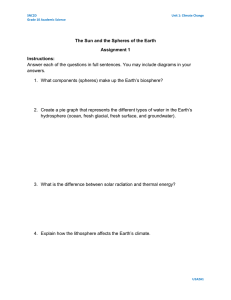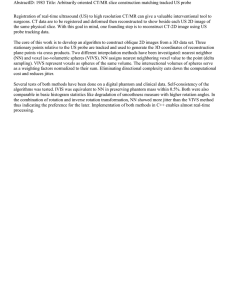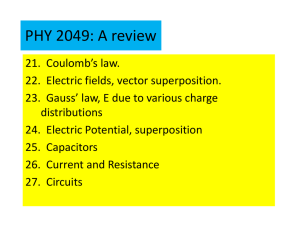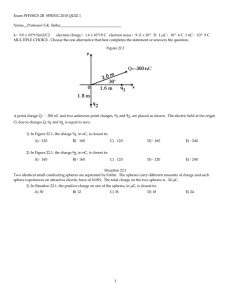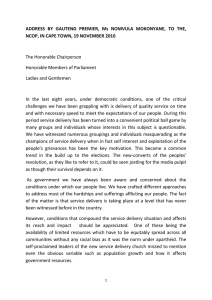AbstractID: 9300 Title: PET IMAGE CONTRAST ANALYSIS OF 64Cu USING... JASZCZAK PHANTOM The 12.7h physical T β
advertisement
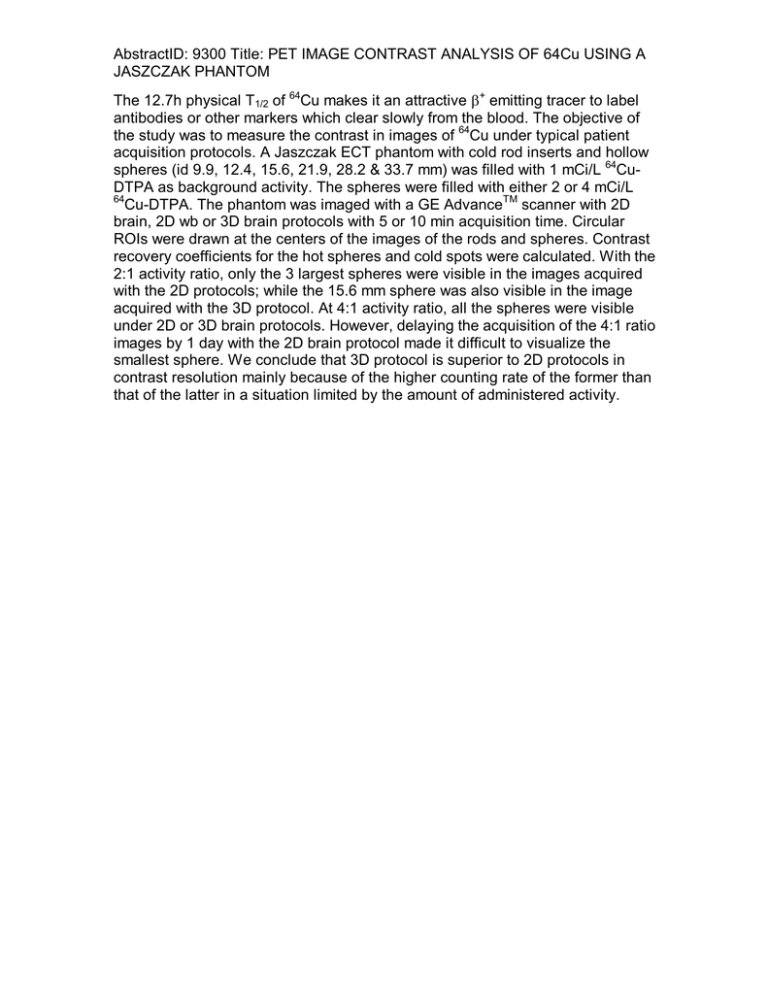
AbstractID: 9300 Title: PET IMAGE CONTRAST ANALYSIS OF 64Cu USING A JASZCZAK PHANTOM The 12.7h physical T1/2 of 64Cu makes it an attractive β+ emitting tracer to label antibodies or other markers which clear slowly from the blood. The objective of the study was to measure the contrast in images of 64Cu under typical patient acquisition protocols. A Jaszczak ECT phantom with cold rod inserts and hollow spheres (id 9.9, 12.4, 15.6, 21.9, 28.2 & 33.7 mm) was filled with 1 mCi/L 64CuDTPA as background activity. The spheres were filled with either 2 or 4 mCi/L 64 Cu-DTPA. The phantom was imaged with a GE AdvanceTM scanner with 2D brain, 2D wb or 3D brain protocols with 5 or 10 min acquisition time. Circular ROIs were drawn at the centers of the images of the rods and spheres. Contrast recovery coefficients for the hot spheres and cold spots were calculated. With the 2:1 activity ratio, only the 3 largest spheres were visible in the images acquired with the 2D protocols; while the 15.6 mm sphere was also visible in the image acquired with the 3D protocol. At 4:1 activity ratio, all the spheres were visible under 2D or 3D brain protocols. However, delaying the acquisition of the 4:1 ratio images by 1 day with the 2D brain protocol made it difficult to visualize the smallest sphere. We conclude that 3D protocol is superior to 2D protocols in contrast resolution mainly because of the higher counting rate of the former than that of the latter in a situation limited by the amount of administered activity.
